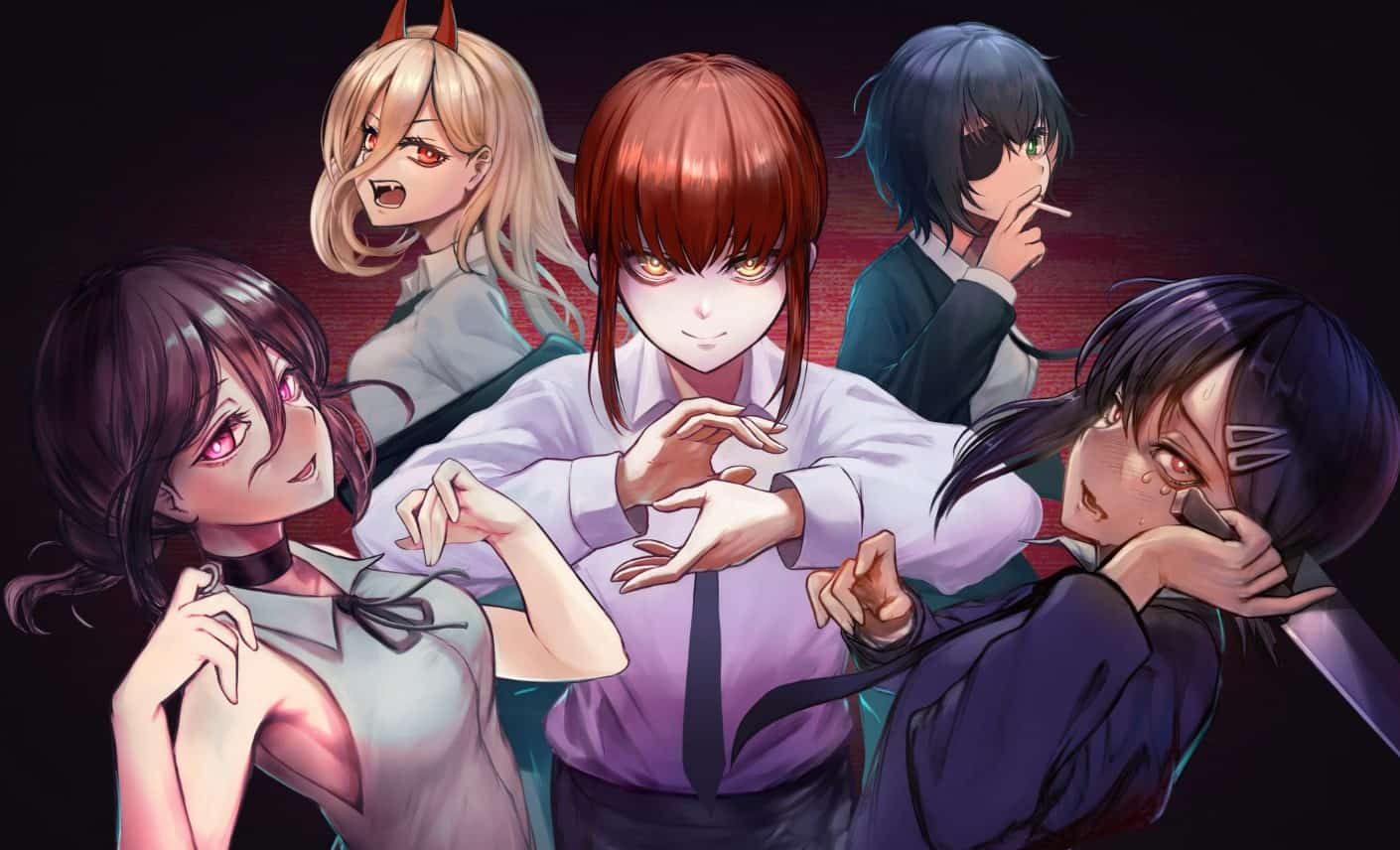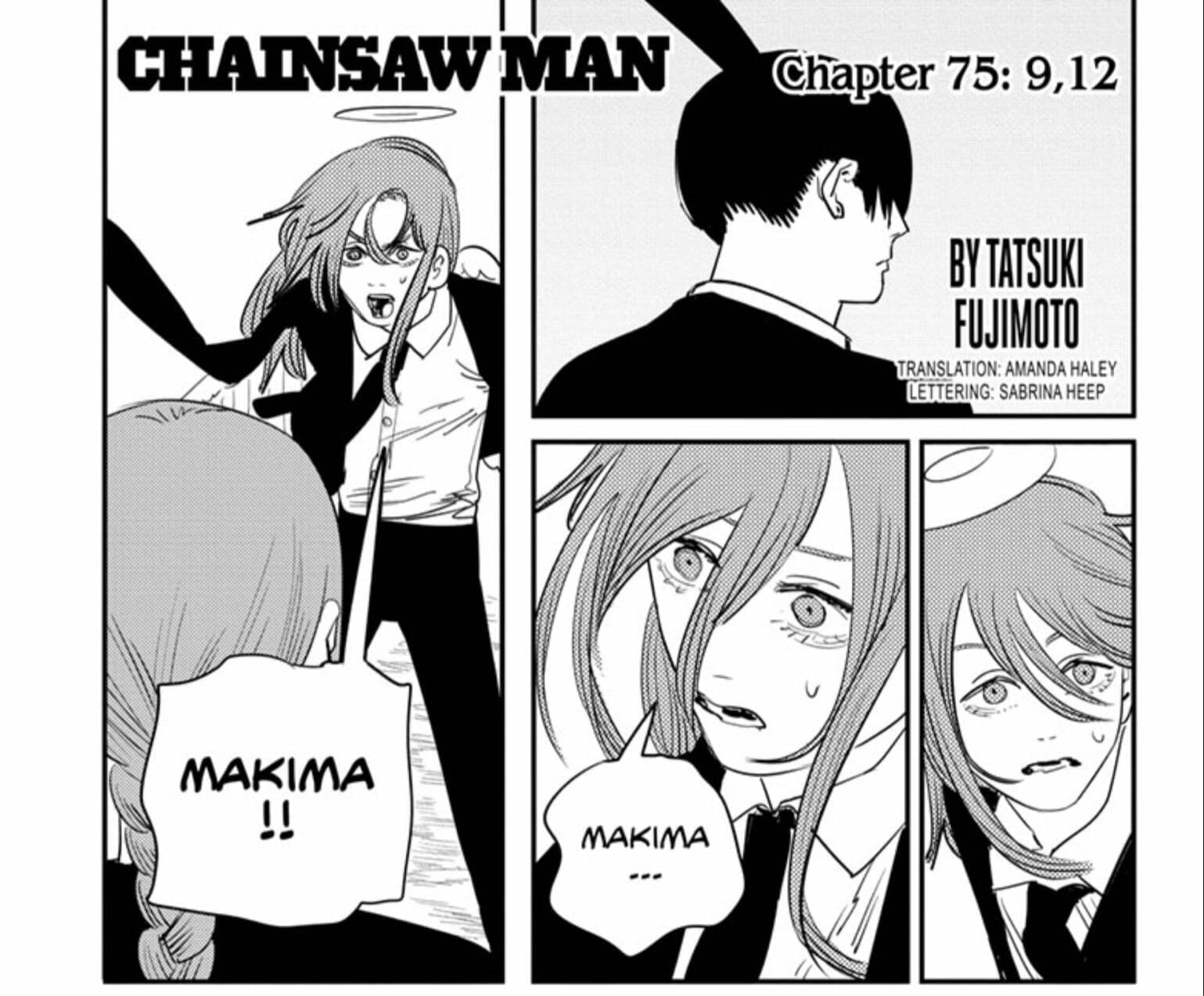In Chainsaw Man Chapter 131, we witness Denji’s captivating evolution as he navigates a treacherous path filled with unexpected twists and turns. Dive into a captivating analysis of the chapter’s key developments, character dynamics, and the profound themes it explores.
Prepare to unravel the intricacies of Denji’s motivations, the complexities of his relationships, and the profound symbolism that shapes the narrative. Chainsaw Man Chapter 131 promises an immersive experience that will leave you on the edge of your seat.
Key Plot Developments
Chapter 131 of Chainsaw Man takes a significant turn, revealing pivotal events that shape the course of the story.
The chapter begins with the aftermath of the confrontation between Denji and Katana Man. Denji’s determination to protect Power and the realization of his true strength ignite a pivotal transformation.
Denji’s Transformation
- Denji undergoes a remarkable change, embracing his full potential as the Chainsaw Man.
- He unleashes a devastating attack on Katana Man, slicing him into pieces and absorbing his powers.
- This transformation marks a turning point for Denji, solidifying his position as a formidable force in the world of devils.
Power’s Return
- After absorbing Katana Man’s powers, Denji experiences a surge of energy that allows him to resurrect Power.
- Power’s return brings both joy and complexity to Denji’s life.
- Her resurrection raises questions about the nature of her existence and the consequences of manipulating life and death.
Makima’s Schemes
- The chapter also reveals Makima’s ongoing manipulation of events.
- She orchestrates a meeting between Denji and the Darkness Devil, hoping to use him as a pawn in her plans.
- Makima’s cunning and manipulative nature becomes increasingly evident, foreshadowing future confrontations.
Conclusion
Chapter 131 of Chainsaw Man concludes with Denji facing a formidable challenge from the Darkness Devil. The chapter leaves readers on the edge of their seats, eager to discover the outcome of this encounter and the fate of the characters.
Character Analysis

In Chapter 131, Denji undergoes significant character development as he grapples with the aftermath of Makima’s betrayal and the death of Power.
Denji’s Evolution
Denji’s initial reaction to these events is one of profound grief and anger. He lashes out at those around him, including Aki and Kishibe, and struggles to come to terms with the loss of his friends. However, as the chapter progresses, Denji begins to process his emotions and find a way to move forward.
One of the key factors in Denji’s evolution is his newfound sense of purpose. After Makima’s defeat, Denji realizes that he wants to protect those he cares about, even if it means putting himself in danger. This newfound determination gives him the strength to face his fears and fight for what he believes in.
Relationships
Denji’s relationships with other characters also play a significant role in his development. His bond with Aki deepens as they work together to defeat Makima, and he finds solace in the companionship of Kishibe, who helps him to understand his own emotions.
However, Denji’s relationship with Power remains the most complex and transformative. Power’s death forces Denji to confront his own mortality and the fragility of life. Through his grief, he comes to appreciate the time he had with Power and the impact she had on his life.
Themes and Symbolism

Chapter 131 of Chainsaw Man explores the themes of identity, the duality of human nature, and the nature of power. The chapter uses symbolism and imagery to convey these themes, contributing to the overall development of the story.
Identity and the Duality of Human Nature
The chapter’s opening scene depicts Denji transforming into Chainsaw Man, a powerful and destructive force. This transformation symbolizes the duality of human nature, the conflict between our desire for power and our fear of it. Denji’s struggle to control Chainsaw Man represents the challenge of balancing our inner demons with our human compassion.
The Nature of Power
The chapter also explores the nature of power, particularly the corrupting influence it can have on individuals. Makima’s desire for control and her willingness to sacrifice others to achieve her goals highlight the dangers of unchecked power. The chapter suggests that power is not inherently good or evil but can be used for both constructive and destructive purposes.
Visual Elements and Panel Composition: Chainsaw Man Chapter 131
Chapter 131 of Chainsaw Man showcases a distinct visual style and panel composition that contribute significantly to the storytelling and atmosphere. The chapter employs a blend of traditional manga aesthetics with innovative techniques, creating a visually engaging and immersive experience for readers.
The chapter features a dynamic and expressive use of panel layouts. The panels vary in size and shape, creating a sense of rhythm and movement that complements the fast-paced action sequences. The use of close-up shots and dramatic angles adds intensity and emotional weight to key moments, drawing the reader into the characters’ perspectives.
Color and Lighting, Chainsaw man chapter 131
Color and lighting play a crucial role in enhancing the narrative and conveying the chapter’s atmosphere. The use of dark, muted colors creates a sense of tension and unease, reflecting the somber events unfolding. Contrasting this, vibrant and saturated colors are used sparingly to highlight important elements or moments of emotional intensity.
The lighting techniques are equally effective. Dramatic shadows and sharp contrasts emphasize the characters’ expressions and body language, conveying their inner turmoil and the ominous atmosphere that surrounds them. The use of spotlights and backlighting creates a sense of depth and drama, guiding the reader’s attention to specific elements of the panels.
Perspective
Perspective is used strategically to create a sense of immersion and emotional connection with the characters. The frequent use of first-person perspective shots places the reader directly in the protagonist’s shoes, experiencing their thoughts and emotions firsthand.
In addition, the use of bird’s-eye view shots provides a panoramic perspective of the action, emphasizing the scale and chaos of the events. The shifting perspectives create a dynamic and engaging reading experience, allowing the reader to connect with the characters on a deeper level.
Overall, the visual elements and panel composition in Chapter 131 of Chainsaw Man work in harmony to create a visually stunning and emotionally resonant chapter. The innovative use of color, lighting, and perspective enhances the storytelling, immerses the reader in the characters’ experiences, and conveys the chapter’s somber and intense atmosphere.
Final Summary

Chainsaw Man Chapter 131 concludes with a thought-provoking exploration of the human psyche, the nature of power, and the complexities of morality. Through its stunning visuals and masterful storytelling, the chapter leaves a lasting impact that will resonate with readers long after they finish its pages.
Questions Often Asked
What is the significance of the door in Chapter 131?
The door symbolizes Denji’s inner turmoil and the choices he must make. It represents the boundary between his past and future, and his struggle to reconcile his humanity with his demonic powers.
How does Denji’s relationship with Makima evolve in this chapter?
Denji’s relationship with Makima becomes more complex and strained as he begins to question her motives and actions. He realizes that she is not who she seems, and his trust in her begins to waver.